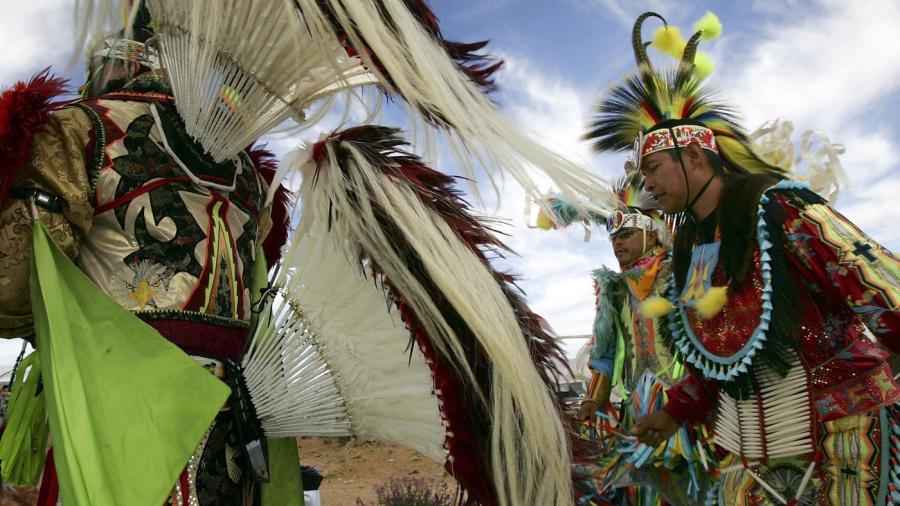What Is the Definition for the “Proclamation of 1763”?

The British Parliament issued the 1763 Royal Proclamation as an official order that prohibited white setters claiming territory designated as Indian country. The intention was to use it as a means to make peace with Indian tribes after the French and Indian War. It covered territory south of the Hudson Bay, extended to Florida and all land west of Appalachians.
The 1763 Proclamation is credited with defining Indian country in legal terms, serving as a blueprint for future treaties. Indian country was reserved for tribes that traditionally lived in these areas. While the British officially served as administrators over the territory, tribal law dominated.
The proclamation also allowed the British to officially become administrators over Quebec and Florida territories in North America and Canada. The British hoped to end clashes between white colonists and tribal people.
As part of the terms of the proclamation, white settlers living in Indian country were supposed to leave. Pioneers and settlers balked at the idea of the British drawing western boundaries for them. This led to immediate violation of the proclamation.
Due to numerous complaints from pioneers and colonists, the Fort Stanwix treaties replaced the proclamation, defining new terms and boundaries more favorable to white settlers, but territorial clashes continued with indigenous tribes for many decades.





